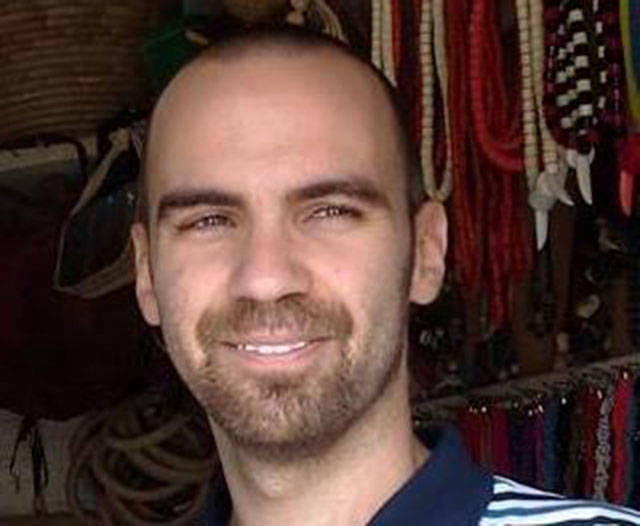As a former student and teacher in both private and public schools, I believe diversity and inclusion should be not only encouraged but also taught. Education is by far the best response to bigotry and ignorance, and I applaud the faculty and students from my rival high school for spearheading a Global Community Citizenship course that could be mandated throughout the county this week.
I was raised in Anne Arundel County, Md., in a white suburban bubble. The n-word was thrown around far more than the r-word. There was a “Korean table,” a “Black table,” and a “Nerd table” in the school cafeteria. The “Nerd table” was typically the most diverse, but even among nerds, ignorance abounded.
Homophobia was normalized to the point that boys would be accused of being gay for not denying the ever-present accusation with enough disdain. And God help them if they were gay or questioning. It was not a safe place for them even in the drama club.
Given this context, I was ashamed but not surprised to learn about the string of racist incidents plaguing Anne Arundel County since the beginning of the Trump era.
The word diversity had no meaning until my college years. Even though the friends I kept were diverse in both race and family income levels, I had no real understanding or appreciation of those differences. In the white-dominated circles I frequented, students of color were often appreciated to the extent that they appeared or acted “white.” They were not celebrated for their cultural or individual uniqueness. Neither were their ancestors by extension — unless Black History Month, which is often used as evidence of preferential treatment by diversity’s detractors, is included.
This is a serious problem that can be ameliorated — at least in part — by formal education. It’s not as simple as adding an additional class that addresses diversity directly (even though this is an important first step) because this once again compartmentalizes the issue akin to how Black History Month compartmentalizes black history.
History teachers could allow students to research and present on their family heritage and how it relates to historical events. Imagine the conversation that would ensue if it turned out one student’s ancestors were Confederate soldiers while his classmate’s ancestors were slaves? It would take a savvy educator to navigate a dynamic such as this, but it could be done. No one would call the class boring at least.
In English class, which I have the most experience teaching, the metric for diversity is determined first and foremost by the texts presented to the students. If those texts are limited to those written by white men, this is objectionable from the standpoint of cultural inclusiveness. However, it would also be a mistake to not include any texts written by white men in an attempt to connect better with students of color (or female and/or LGBTQ students, for that matter). I have seen this latter approach taken and consider it equally objectionable because it presupposes — falsely in my opinion — that students of color cannot connect to these works. I cannot stress enough that fostering diversity does not mean leaving out controversial ideas or even played-out ones. Interpreting it this way would be a tragic mistake.
Science and math have never been my subjects, but I think it would go a long way if teachers informed students of the origins of the devices they use and concepts they explore — especially when those origins extend beyond the Western world.
The goal should be to infuse cultural sensitivity and inclusion into all aspects of the curriculum and broader school culture. This way every month is Black History Month, Asian History Month, Women’s History Month, Queer History Month, and so on. Our white students will be at a major disadvantage if they go on to college or into the workforce without the necessary cultural knowledge and sensitivity to engage cooperatively with their professors, peers, supervisors, colleagues, and clients — many of whom will come from backgrounds unfamiliar to them. No amount of clinging to crude stereotypes or the false notion of colorblindness will save them.
For their part, students from marginalized communities must be given the respect of acknowledgement and appreciation. This can be achieved through full integration of their heritage into school curricula and culture. This, in turn, can be achieved by hiring a diverse staff, training teachers on how to foster effective cross-cultural dialogue, consulting outside experts, and creating outlets for students to guide their own learning and provide constructive critiques of the curriculum.
My hope is that one day schools across the country will promote coexistence as essential for achievement, along with reading, writing, and arithmetic. Peaceful integration should continue to be the ideal if we are to maintain this radical experiment in democratic pluralism known as the United States of America.
Matt Johnson, syndicated by PeaceVoice, is co-author of Trumpism.



